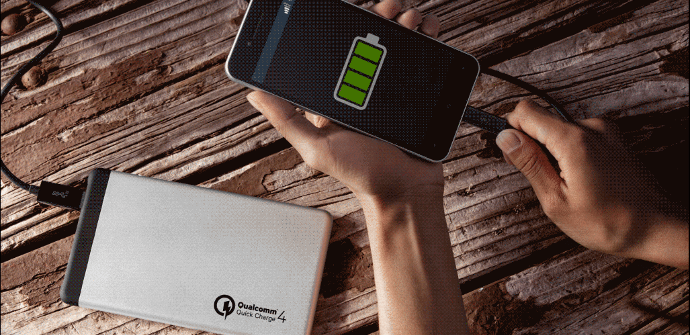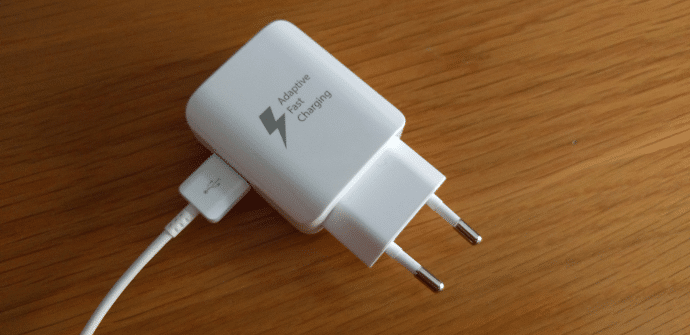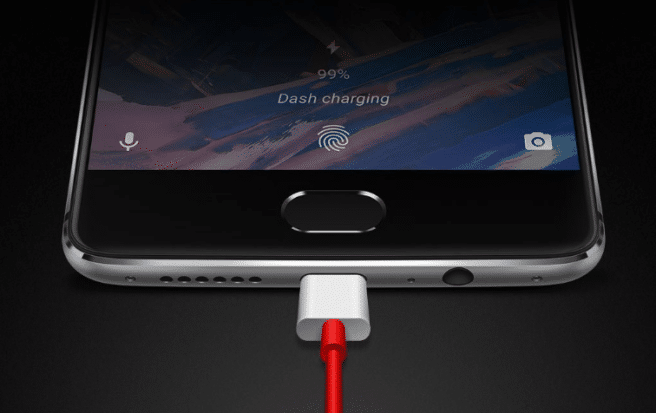
Last week Qualcomm introduced the processors Snapdragon 835 and announced that manufacturers will have the option of acquiring with them the Fast charge o Quick Charge 4.0. In line with this, Google published a document in which it advised its partners not to implement this system, again, due to issues related to the fragmentation and the interoperability that brings Mountain View engineers so upside down.
It is not a new topic and it seems that we will not be able to stop talking about it in the near future. Basically, what is at stake is a struggle for set the standards within the Android system; and Qualcomm seems determined to become an absolute reference within the platform. While Google is clear that soon the Micro USB will be a thing of the past and Type C should be part of all terminals, those of Mountain View hope that the brands adapt to the specifications of the USB Power Delivery, a system not as fast as fast charging, but more secure.
Why is a terminal without Quick Charge 4.0 safer?
It is not a question of the specific terminal itself, but of the ecosystem it is trying to build. For example, if I buy an LG terminal with a processor Snapdragon 835 y Quick Charge 4.0, I will be able to use it with its charger and enjoy the advantages of the system implemented by Qualcomm without any problem. Where can a complicated circumstance appear? Well, for example, if a friend comes home with a OnePlus (which uses Dash Charge) or a terminal with a MediaTek (which also has its own technology), have a low battery and use my charger.

All the fuss caused with the Galaxy Note 7 and the iPhone 7 (due to the latter due to the use of «pirate» chargers) it shows that lithium batteries are not toys and you have to be very careful or, otherwise, we can make a good mess, and what is worse, create significant injuries to us or to third parties. If there is a charging standard that works with all devices the same, regardless of manufacturer, we save a lot of problemseven though the battery charges in an hour and a half instead of an hour.
For now, Google only advises
Since Google is ultimately responsible for Android, has the power to grant licenses only to the terminals that adapt to the common specifications, however, those of Mountain View, due to a question of balance of forces, is not in a position to impose it, since firms such as Samsung, Huawei, Sony, LG, Xiaomi, HTC or Qualcomm itself They are just as much or more part of the platform, and they are using the fast charging system as users demand it.
In fact, if a standard is to be chosen, the OnePlus Dash Charge system is faster and heats up the terminal lessTherefore, it is more efficient, but it is logical that it would be better for manufacturers to strengthen the relationship with Qualcomm rather than buy the technology from a third party, in case OnePlus decided to sell it. Anyway, the issue is complex and will bring tail.
Source: wonderhowto.com
